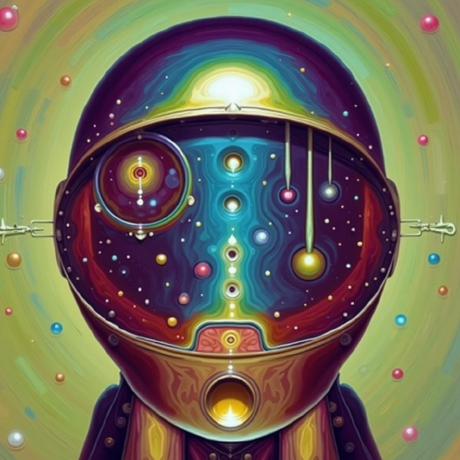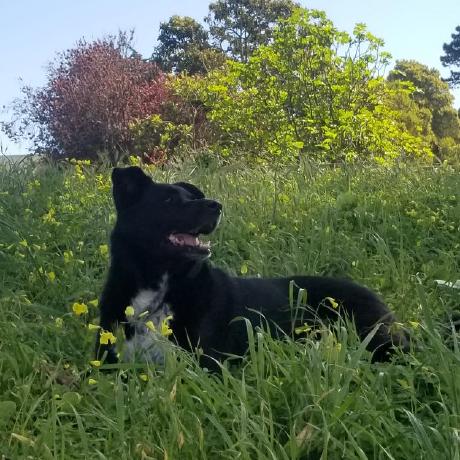Discover and explore top open-source AI tools and projects—updated daily.
unidiffuser by  thu-ml
thu-ml
Unified diffusion framework for multi-modal generation
Top 28.3% on SourcePulse
UniDiffuser is a unified diffusion framework designed to handle multiple data modalities (image, text) within a single model. It addresses the challenge of training separate diffusion models for marginal, conditional, and joint distributions by unifying them as a single noise prediction task. This approach benefits researchers and practitioners working with multi-modal generative AI who seek a versatile and efficient solution.
How It Works
UniDiffuser employs a Transformer-based architecture (U-ViT) to parameterize the diffusion model. The core innovation lies in perturbing data across all modalities simultaneously and inputting modality-specific timesteps. The model then predicts the noise for all perturbed modalities. This unified approach, leveraging a shared Transformer backbone, allows for efficient simultaneous learning of image, text, text-to-image, image-to-text, and joint image-text generation without requiring separate models or significant architectural modifications.
Quick Start & Requirements
- Install: Use
condato create an environment andpipto install dependencies. Key packages includetorch,accelerate,transformers,clip, and optionallyxformersandtritonfor performance. - Prerequisites: Python 3.9, CUDA 11.6 (for PyTorch), and a GPU with at least 10GB VRAM are recommended.
- Pretrained Models: Download
autoencoder_kl.pth,caption_decoder.pth, anduvit_v0.pthoruvit_v1.pthfrom Hugging Face and place them in amodelsdirectory. - Inference: Run
sample_multi_v1.py(orsample_multi_v0.py) with specified modes liket2i,i2t,joint, etc. - Diffusers Integration: Available via
UniDiffuserPipelinein thediffuserslibrary. - Documentation: Official UniDiffuser documentation
Highlighted Details
- Achieves comparable or superior quantitative results (FID, CLIP score) to specialized models in tasks like text-to-image generation.
- Supports six generation modes: text-to-image, image-to-text, joint generation, image-only, text-only, image variation, and text variation.
- Utilizes a U-ViT backbone, a Stable Diffusion autoencoder, and CLIP encoders.
- Offers two versions (v0 and v1) trained on LAION-5B and internal datasets, respectively.
Maintenance & Community
- The project is associated with the authors of the referenced papers.
- Integration with the Hugging Face
diffuserslibrary suggests active community support and adoption.
Licensing & Compatibility
- The repository does not explicitly state a license in the README. The underlying components (e.g., Stable Diffusion autoencoder, CLIP) have their own licenses. Users should verify compatibility for commercial or closed-source use.
Limitations & Caveats
The README does not specify any explicit limitations or known bugs. However, the dependency on specific versions of libraries like torch and accelerate might pose compatibility challenges with newer versions. The project is based on research papers, implying it may be subject to ongoing development and potential breaking changes.
2 years ago
Inactive

 zqiu24
zqiu24 ShihaoZhaoZSH
ShihaoZhaoZSH garibida
garibida afiaka87
afiaka87 JiuhaiChen
JiuhaiChen YangLing0818
YangLing0818 n00mkrad
n00mkrad hkproj
hkproj ai-forever
ai-forever deep-floyd
deep-floyd lucidrains
lucidrains Sygil-Dev
Sygil-Dev